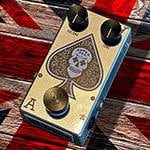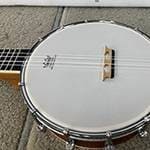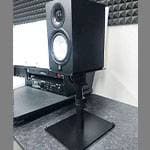It’s been a long while since my last update—but to be honest, I’ve just been incredibly busy, and even had a few bouts of poor health.
Thanks to complications from high blood pressure, I had a frightening episode of shortness of breath in the middle of the night. For a moment, I really thought that I was done for. But apparently, people who are shamelessly stubborn types like me don’t go down that easily.
Thanks to medication, I’m doing relatively well now.
Anyway, putting my personal situation aside, I would like to report some important test results regarding the Active Servo DC Power Supply, which I’ve left untouched for a while.
I quickly assembled a bare-bones prototype and started by checking whether I could get the target voltage out of it. And then…
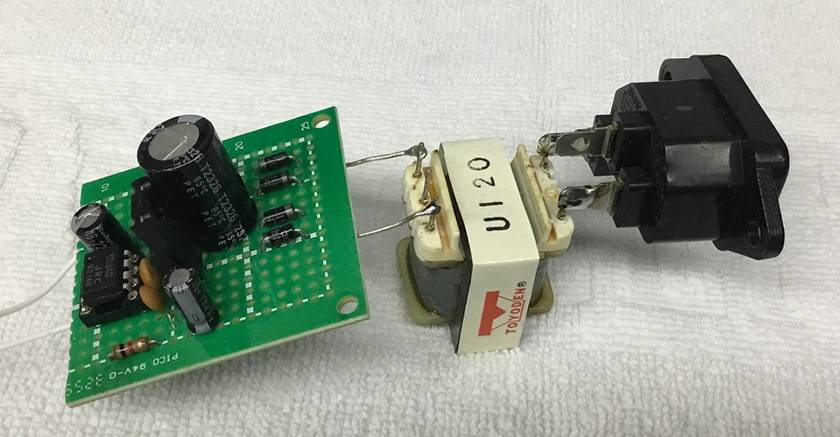
In my previous blog post, I suggested using a transformer with some voltage headroom, assuming the output voltage would drop once the circuit was under load.
However, the circuit turned out to be so efficient that the regulator’s output voltage hardly dropped at all.
Even when I used a 10V transformer, the output still stayed just barely in the 9V range.
In other words, the transformer you use can actually be much smaller and closer to the target voltage than what was initially thought.
Well, voltage aside, I still recommend giving yourself some headroom with current capacity.
Now, the most important part is the noise.
When compared with the BOSS PSA-100S, which I personally use and trust, there’s almost no difference in the amount of noise.
However, the type of noise is different.
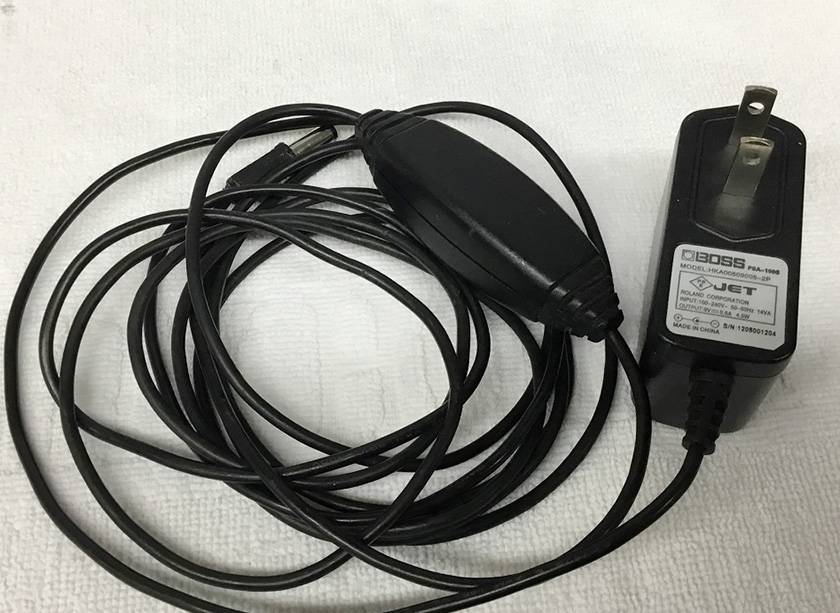
The noise frequency is different, but that makes total sense. The BOSS uses a switching adapter, while mine is a stabilized power supply using transformer output and rectification. Naturally, the noise frequencies from each are not going to be the same.
The noise level is well within acceptable range for use, but still, it can’t beat a battery.
With a battery, the noise level drops by another noticeable degree.
I plan to improve it, but it’ll take a bit more time.
So once again, the final completion is postponed.
But I have no intention of giving up.
Lately, I’ve had more and more doubts about power supply issues, especially when it comes to powering effects pedals,so I’m going to keep rebuilding this thing until I’m completely satisfied.
What bothers me is that there are well-known, widely sold adapters and power supplies out there that cause noise with certain pedals.
And yet, when you run those same pedals on a battery, there’s no noise at all.
But the moment you plug in that power supply, even without playing a note, suddenly an angry dog shows up in the background.
This tends to happen with overdrives and distortion pedals, but I’ve had the occasional angry dog show up even with digital effects.
Here’s a personal example: I’ve used my BOSS DD-3 for years, but every time I took it to a studio, I’d think, “Hmm… why is this background noise so noticeable all of a sudden?”
Looking back now, I realized the issue started after I switched to a super cheap switching adapter (of course, I had already swapped the plug to a 2.1mm center-negative one).
But still I thought, “Can digital pedals really be that sensitive to power supply issues?” After all, there should be a built-in voltage regulator stepping it down to 5V internally… So, I kept playing my guitar, thinking maybe I was overanalyzing.
Then the drummer and bassist said they were having trouble hearing me, so I repositioned both the amp and the pedalboard significantly.
And what do you know—
The noise frequency changed, but the noise itself got much quieter!
That’s when it hit me:
The adapter itself wasn’t producing noise—it was picking up noise from its surroundings.
For some reason, switching adapters seem to be particularly prone to picking up ambient noise. Or at least, that’s how it feels to me. What do you think?
Let me leave you with a pearl of wisdom before I wrap up this blog post.
When you integrate an adapter into a pedalboard, the cable is often too long, right? You end up with excess slack.
Depending on how you deal with that extra length, you can significantly reduce the noise.
Here’s how:
Go to an electronics district or a junk shop and look for something called a ferrite bead.
If you wrap the excess cable around it, it’ll actually suppress high-frequency noise.
I’m not making this up—BOSS already does this with their PSA-100S adapter.
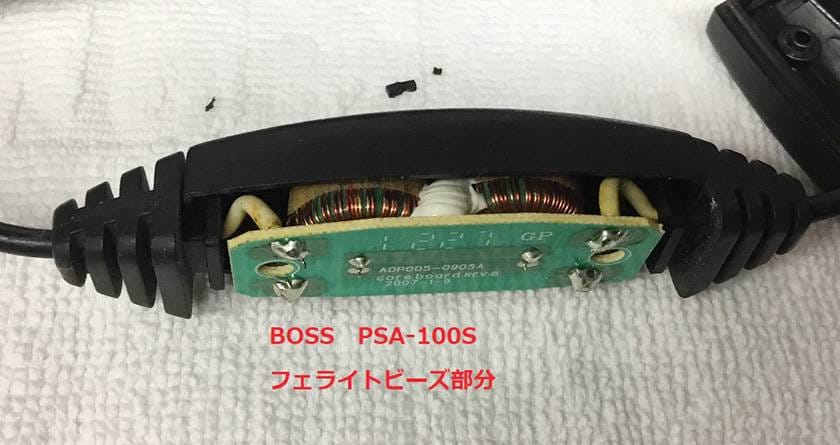
It’s the same principle as a speaker crossover network: when you pass a signal through a coil, it blocks higher frequencies. That’s exactly what’s happening here.
See you in the next blog post!







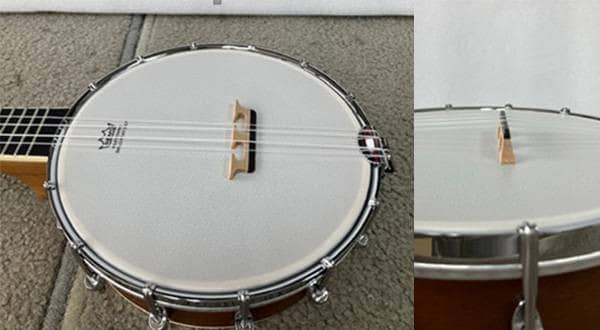

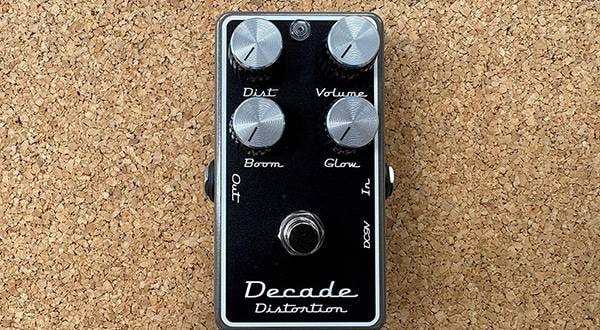
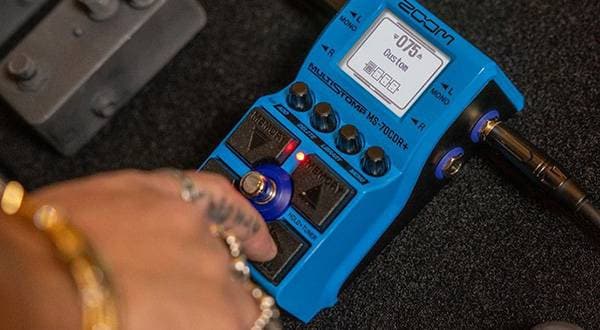
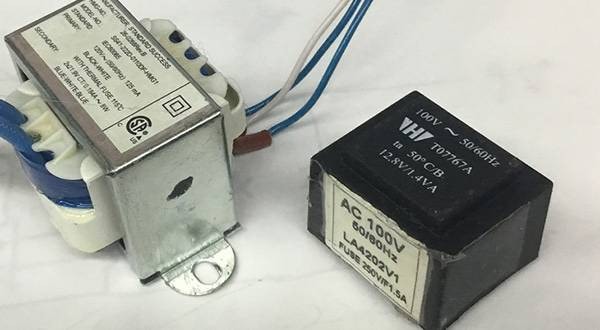
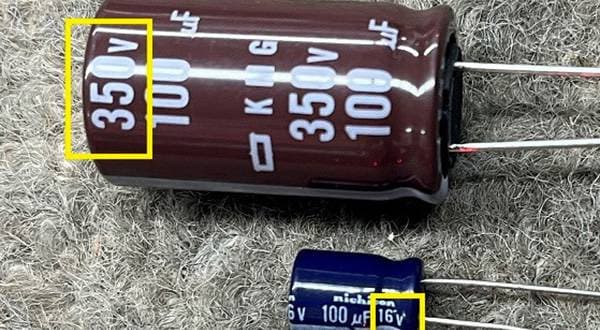
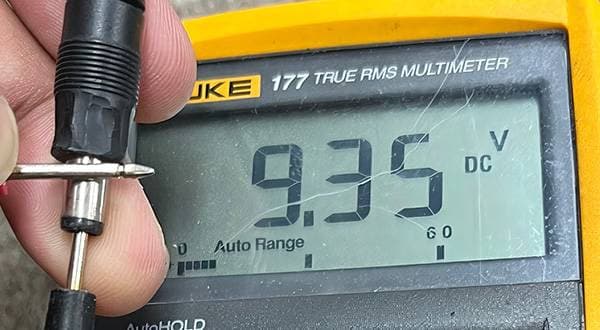
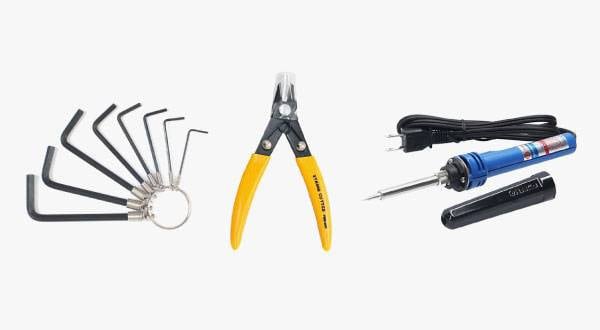
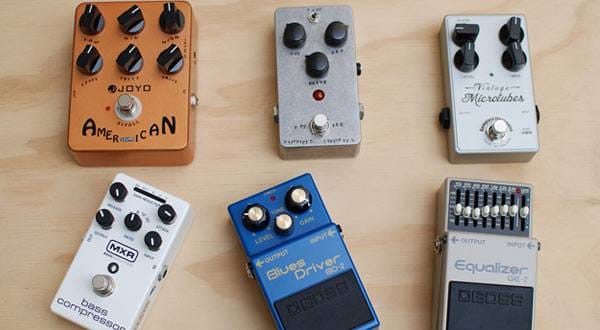
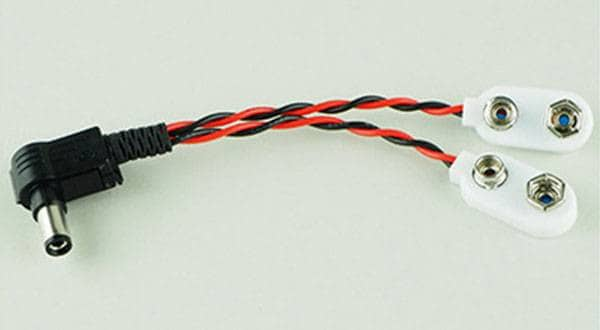
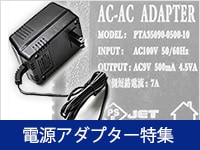 電源アダプター特集
電源アダプター特集
 【初心者向け】エフェクター講座
【初心者向け】エフェクター講座
 あなたのエフェクターボード見せてください
あなたのエフェクターボード見せてください
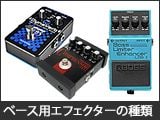 ベース用エフェクターの種類
ベース用エフェクターの種類
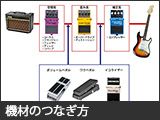 エフェクターのつなぎ方
エフェクターのつなぎ方
 エフェクターの種類
エフェクターの種類
